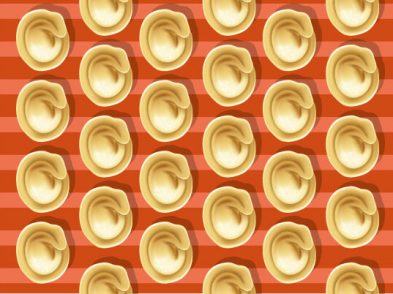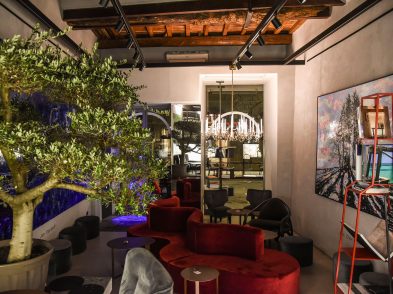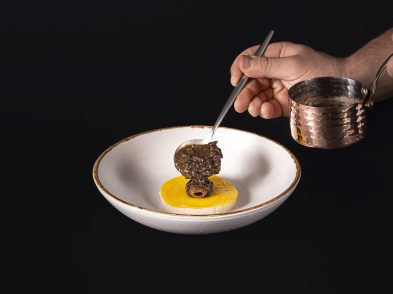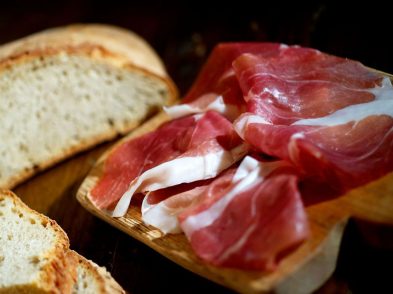According to the 11th report by the Observatory on Wine Tourism in Italy, the organization of the most wine-oriented municipalities of the Italian foundation Censis and Cities of Wine presented in February 2013 at the International Tourism Exchange (BIT) event in Milan, wine tourism has not been badly affected by the current global economic crisis. The quality of the environment is still its main appeal factor (23%), followed by art and culture (19%), fairs and events (19%), and then, surprisingly, wine and food (17%) and wine alone (13%). Interesting initiatives, however, exist that focus on improving these last two areas.
One such initiative is the prestigious annual Best of Wine Tourism awards. On February 27, 2014, at the God Save The Wine festival at Palazzo Capponi on lungarno Guicciardini in Florence, the winners of the Best of Wine Tourism 2014 were announced. This competition, which is promoted annually by the international network created in 1999 called Great Wine Capitals (GWC), includes Florence as one of its ten member cities, famous throughout the world for their production of wine of excellence. The other cities are Bilbao-Rioja (Spain), Bordeaux (France), Christchurch-South Island (New Zealand), Cape Town (South Africa), Mainz-Rheinhessen (Germany), Mendoza (Argentina), Porto (Portugal) and San Francisco-Napa Valley (USA) and, most recently, Valparaìso-Casablanca Valley (Chile). Every year, GWC hands out awards for the best of wine tourism in each of these cities. A local panel of experts nominates the winning companies within their territory. Then, at the annual meeting of the GWC network, the international winners are announced.
Winners locally are chosen in six distinct categories of wine tourism: accommodation; wine tourism restaurants; architecture, parks and gardens; the innovative wine tourism experience; art and culture; and sustainable wine tourism practices.
A castle and a hotel were, ex aequo, given the Accommodation award. The castle, Castello di Gabbiano (www.castellogabbiano.it), in San Casciano Val di Pesa, is a 173-acre estate of vineyards and olive trees that dates back to the sixteenth century. The winery offers real immersion in the world of Chianti Classico wine making. Skilfully restored with full respect for their original architecture, today the cellars host huge casks and barriques to age the castle’s wines.
The other winner, an elegant hotel, the San Felice, is found in the municipality of Castelnuovo Berardenga, near Siena, right in the heart of the Chianti Classico zone. Affiliated with the Relais & Chateux international chain, the hotel is located within a medieval borgo that has been finely restored. Guests are offered professional guided wine tasting tours.
The Enotria wine bar, cellar and restaurant (www.enotriawine.it) won the prize in the Wine Tourism Restaurants category. Run by Gilda and Maurizio since 1989, this restaurant—whose name means ‘land of wine’—is right in the centre of Florence. The restaurant, simple and cosy, also plays host to the Florence Wine Society, an association of wine and food enthusiasts which organises regular events and wine tasting there.
Yet another castle was the winner of the Architecture, Parks and Gardens category. The La Leccia Castle (www.castellolaleccia.com) is situated in Castellina in Chianti, not far from Siena. Mentioned in historical documents of 1077, it has suffered raids and devastation throughout the centuries, right up until World War II. Its recent restoration with eco-friendly materials and techniques has transformed the castle into a modern and cosy farmhouse, vaunting views over the surrounding countryside. The estate also practices sustainable vinification.
The Innovative Wine Tourism Experience award was conferred on the Poggio Casciano – Ruffino Estate (www.ruffino.com/index.php/en/the-estates/poggio-casciano/), just a few kilometres outside of Florence, close to the small town of San Polo in Chianti, right in the middle of the Chianti Colli Fiorentini DOCG production area. A beautiful Renaissance villa (15th century), built on the ruins of a medieval building, it is a place that emanates art and history. The vineyards are monitored through hydro-climatic stations, a project led by the University of Florence, and the grapes are subject to micro-vinification, allowing understanding between a certain variety and a specific micro-climate.
The increasingly important category from the point of view of tourist interest, namely, the Art and Culture category, was won by the Castle of Poppiano Guicciardini in Chianti Colli Fiorentini (www.conteguicciardini.it). Both the estate and the castle have belonged to the Guicciardini family since 1199 and they were already producing wine and olive oil there in the 15th century.
The Panzanello Estate (www.panzanello.it) is located in Panzano in Chianti, in the heart of the Chianti Classico production zone, halfway between Florence and Siena, in a strategic and panoramic position. An organic farm since 1998, the size of the Panzanello estate allows its owners to take care of the smallest details in every phase of their wine making. This year, the Panzanello Estate was the deserving winner of the Sustainable Wine Tourism Practices award.
In this category, a Special Jury award was also presented. The recipient was the Col d’Orcia Estate (www.coldorcia.it/section/tenuta-montalcino). A biological oasis, this is one of the oldest established wineries of Montalcino. First certified as organic in 2010, it began a process aimed at making it the largest organic wine-producing farm in the whole of Tuscany. Also one of the most active producers in the region in terms of research and development, it is guided by the principle that wine quality results from achieving a perfect balance between the vine and its environment.
So, when packing for your next trip to the land of food and wine, remember to pack that all-important corkscrew.








